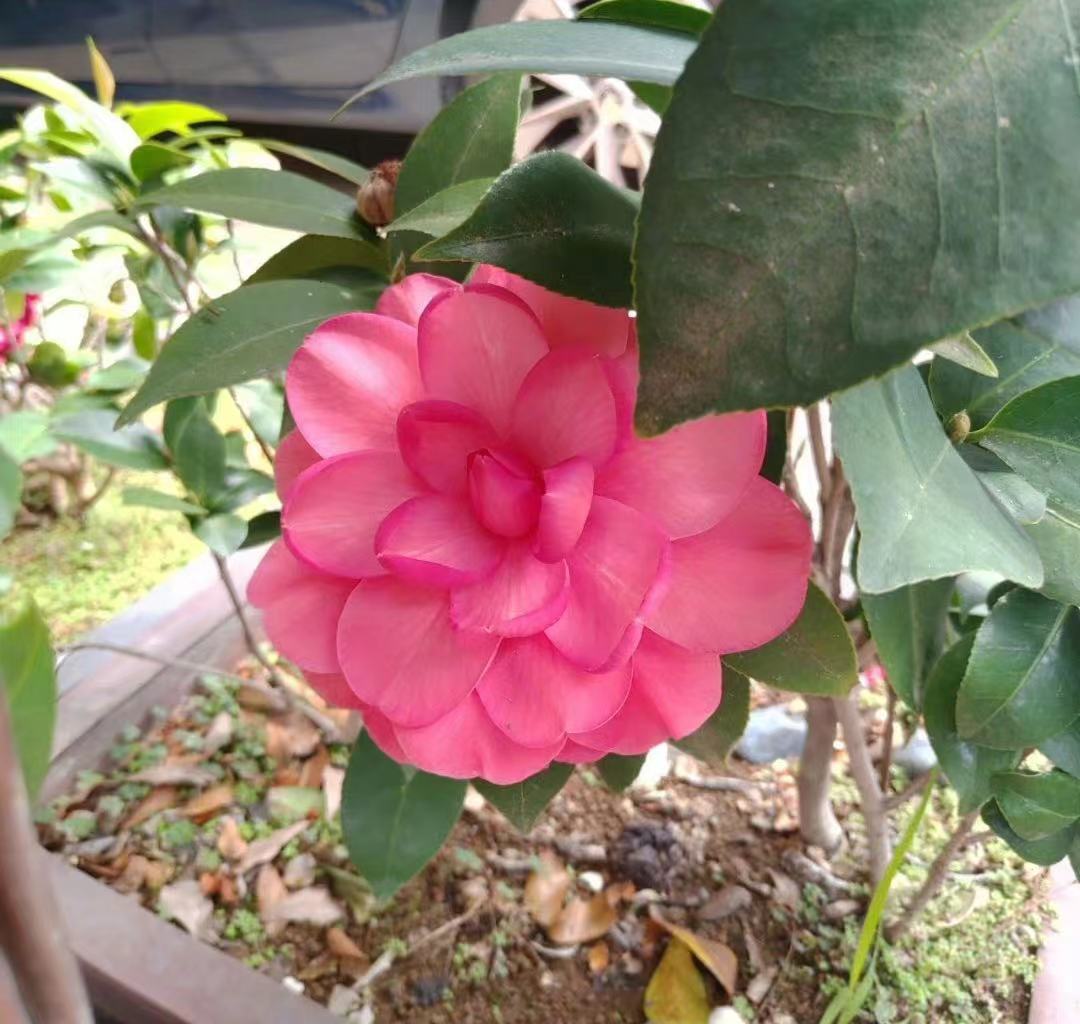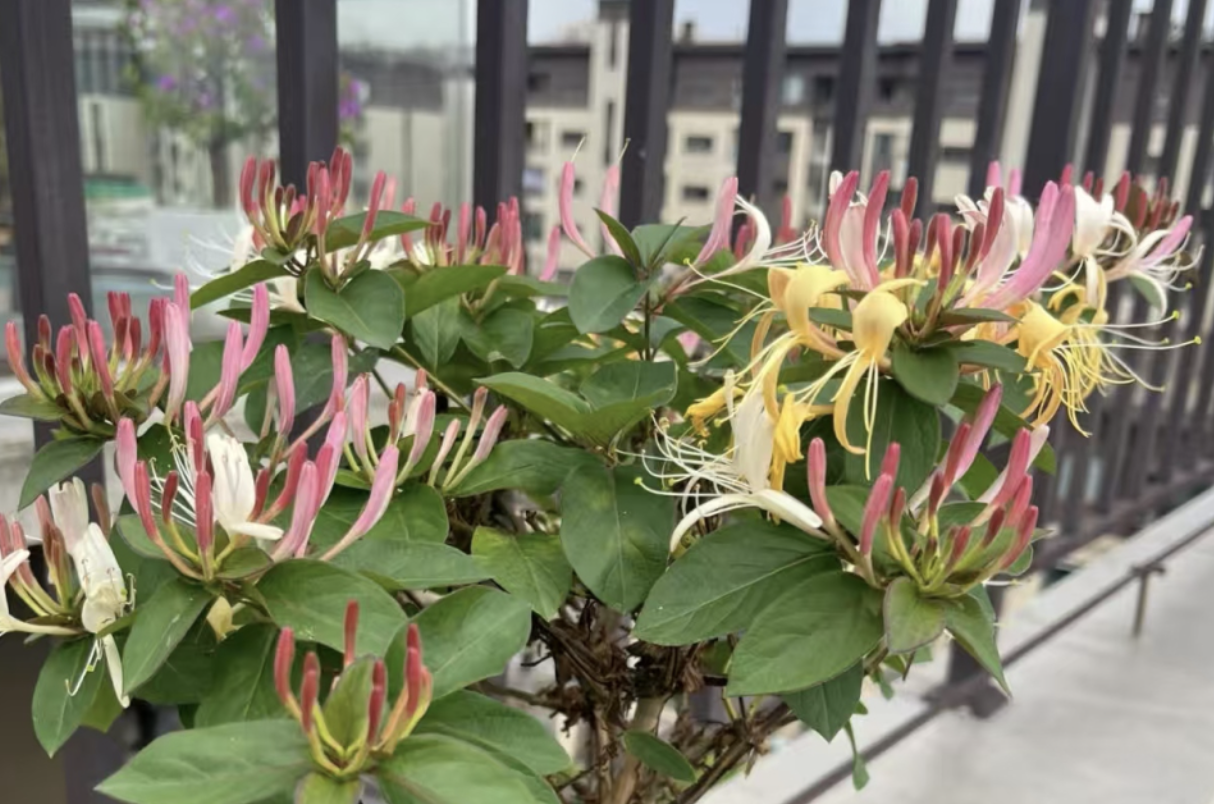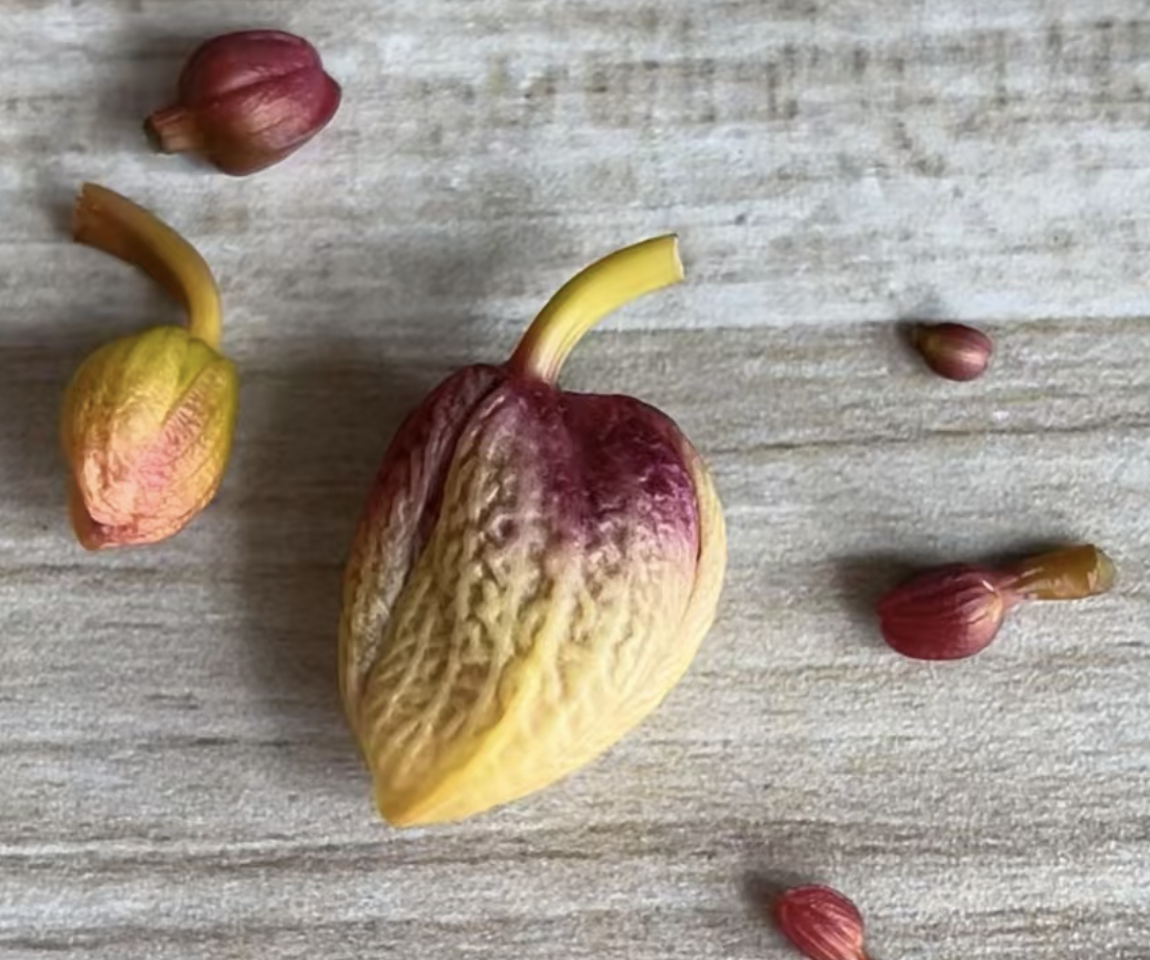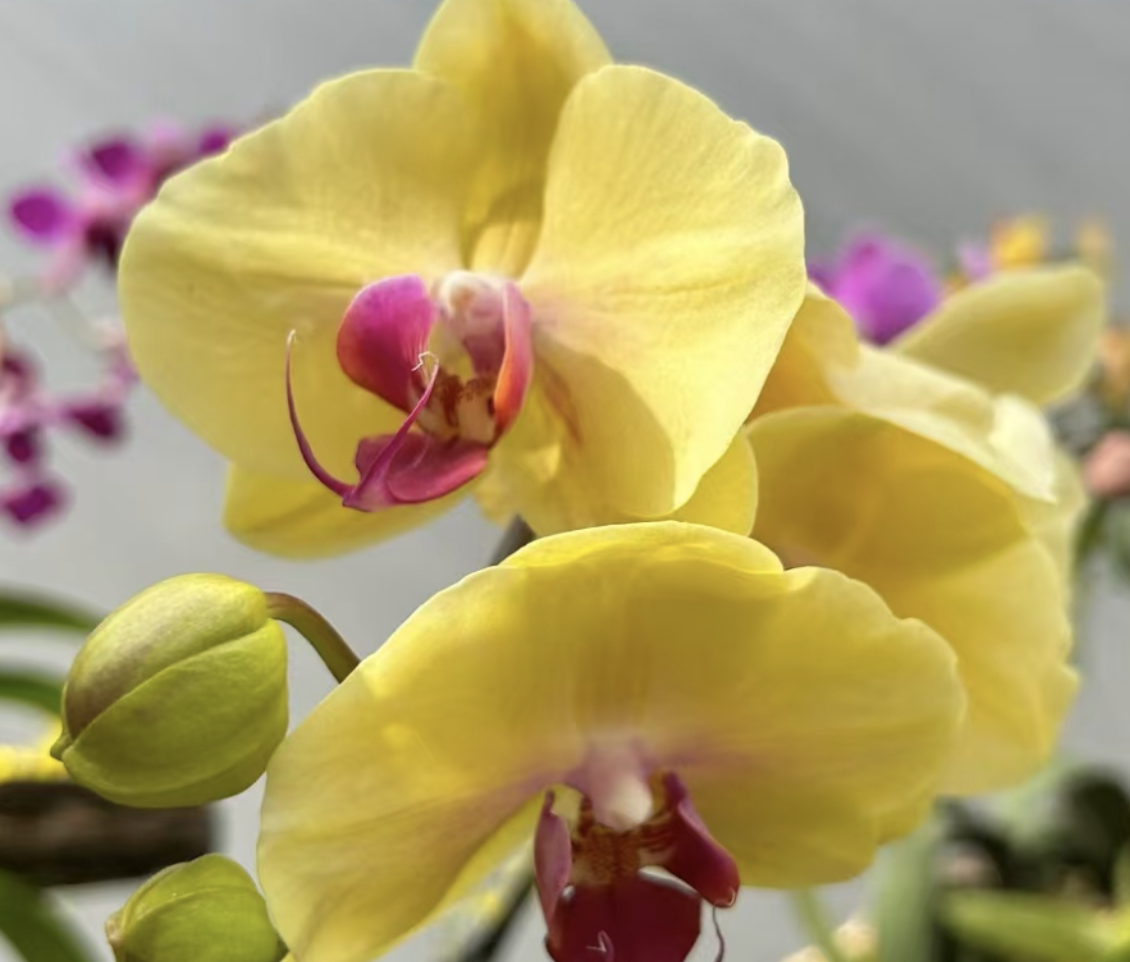When the leaves of camellia appear black and yellow, flower enthusiasts often feel extremely worried. So, what exactly causes this situation?
First of all, improper watering is a common factor. Camellia likes a humid environment, but excessive watering will lead to lack of oxygen in the roots, thereby affecting the absorption of water and nutrients and causing yellow leaves on the leaves; while insufficient watering will cause the plant to lack water and the leaves will dry and turn yellow. Therefore, mastering the appropriate watering frequency and amount is crucial.
The lighting problem cannot be ignored. Camellia needs sufficient scattered light, but if it is exposed to strong sunlight for a long time, the leaves are easily sunburned, and black spots and yellow leaves appear; on the contrary, insufficient light will block photosynthesis and the leaves cannot grow normally and will gradually turn yellow.
Unsuitable soil pH may also be the culprit. Camellia is suitable for growing in slightly acidic soil. If the soil is too alkaline, it will affect the absorption of elements such as iron and manganese by the roots, resulting in iron deficiency chlorosis of the leaves. Excessive fertilization will cause fertilizer damage, burn the roots, and make the leaves turn black and yellow; while insufficient fertilization will lead to malnutrition of the plant and poor leaf growth.
The reasons for black and yellow leaves on camellia leaves are multifaceted. Only by observing carefully, accurately judging, and taking corresponding measures.
So, how should we deal with the falling flower buds of camellia?
First, examine the maintenance environment. Camellia likes a warm, humid and well-ventilated environment. If the environment is too dry and the humidity is not enough, camellia may lose flower buds due to lack of water. At this time, you can spray water into the surrounding air to increase the air humidity and create a suitable microclimate for camellia.
Temperature changes are also an important factor affecting camellia flower buds. Sudden low or high temperatures may cause flower buds to fall off. In cold seasons, pay attention to keeping warm; in hot summers, proper shading and cooling should be done to avoid the influence of extreme temperatures on camellia.
Whether the lighting is reasonable is also crucial. Camellia needs sufficient but soft light. If the light is insufficient, photosynthesis cannot be fully carried out, and the nutrient supply is insufficient, and the flower buds are easy to fall off; while direct strong light may burn the flower buds. Therefore, provide moderate scattered light for camellia.
The invasion of pests and diseases cannot be ignored. Camellia is easily affected by pests and diseases such as anthracnose and aphids. Once pests and diseases are found, prevention and control measures should be taken in time and appropriate pesticides should be used for spraying to protect the flower buds.
Finally, the growth status of camellia itself also needs to be noted. If the plant is too weak and carries too many flower buds, the flower buds may fall off due to insufficient nutrition. At this time, you can appropriately thin out the flower buds to ensure that the remaining flower buds have sufficient nutrient supply. When camellia has falling flower buds, don't panic. Analyze the reasons calmly and take targeted measures.
What are the reasons for black and yellow leaves on camellia leaves?

Share with
Tagged in :




Leave a Reply